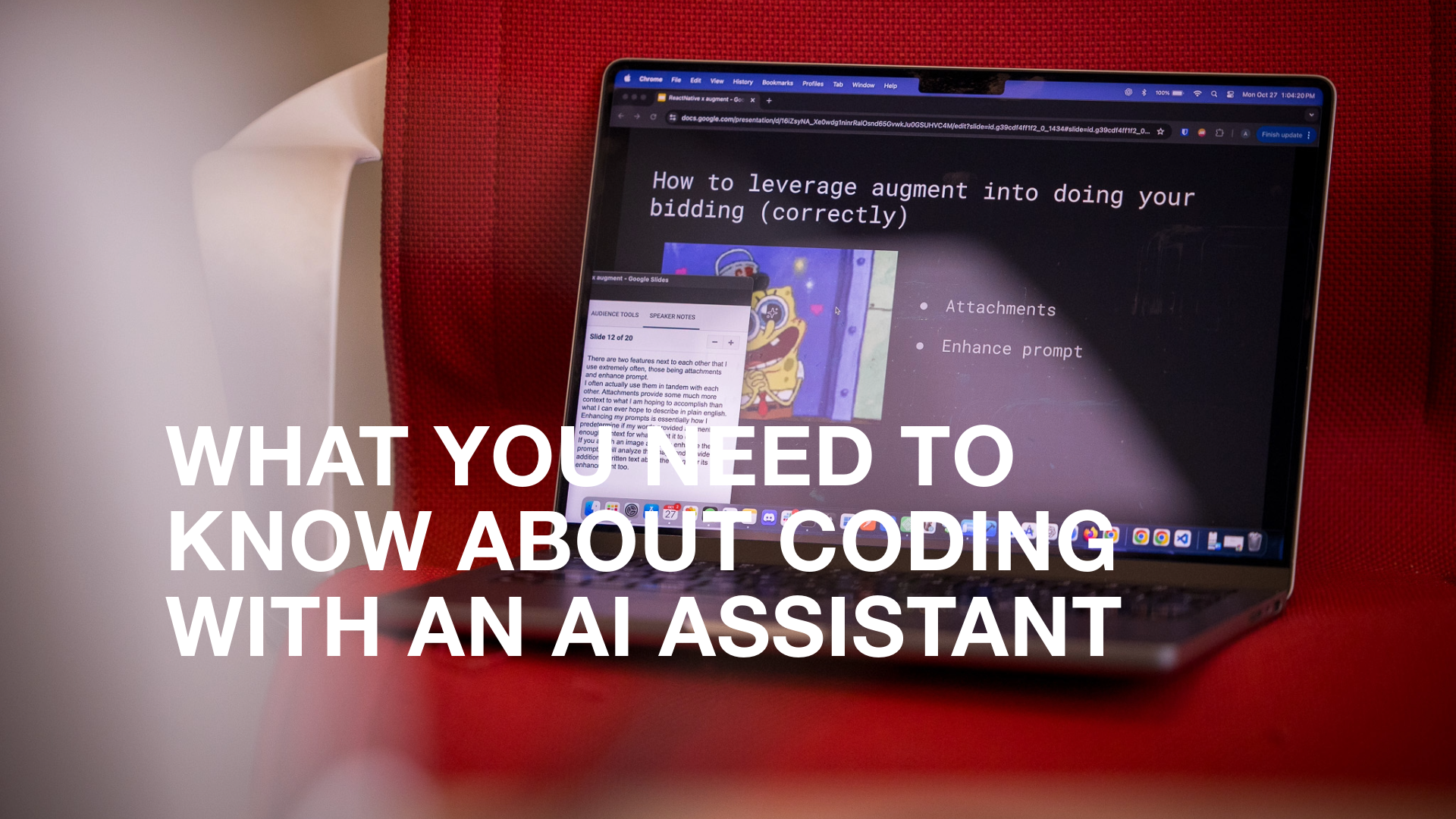Artificial intelligence continues to change the way businesses operate and serve their customers. Generative AI tools like OpenAI’s ChatGPT and Microsoft Copilot AI are being used to augment and even replace critical business workflows. In the CompTIA IT Industry Outlook report, 22% of responding companies said they were aggressively pursuing the integration of AI across products and workflows. PwC reported that 54% of surveyed companies had already integrated generative AI into their workflows.
But while businesses are rushing to find ways to use generative AI to improve productivity and reduce costs, there are still challenges that should give leaders pause. AI developers are still struggling to address issues like AI hallucinations. These hallucinations are the unexpected outputs from generative AI tools that have provided users with inaccurate answers, including recommending putting glue on pizza.
AI mishaps like hallucinations have even led some companies to rethink their generative AI plans. Fast food leader McDonald’s recently ended its AI-powered drive-thru project after its tool’s constant mistakes went viral on social media.
If your business is using or planning to implement generative AI in your products or workflows, it’s crucial to ensure that the answers or data being generated are as accurate as possible. AI hallucinations or misinformation can create reputational and legal risks for your business.
When approaching an AI solution for a client, we focus on what protections must be in place to provide the best and most accurate responses. These protections are called AI guardrails, and like their highway cousins, they can be the difference between a dinged fender and going over a cliff.
What Are AI Guardrails?
AI guardrails are a combination of filters, rules, and tools that work together to reduce incorrect or potentially harmful outputs from a generative AI-powered workflow. These guardrails are not only at the end of the workflow. They can be used at every stage, from user input to model training to answer generation. AI guardrails include:
- Ethical guardrails: The principles, guidelines, and measures used to ensure that the development and deployment of AI are done responsibly, fairly, and with consideration for the potential impacts on society.
- Regulatory compliance guardrails: Ensuring that AI development is done in accordance with legal and policy requirements for the jurisdictions where the tool will be used. This includes things like General Data Protection Regulation (GDPR) compliance and protecting intellectual property and user privacy.
- Technical constraints: The mechanisms and practices embedded within AI systems to ensure they operate safely, reliably, and ethically. These include robust testing and validation, bias detection and mitigation, transparency and explainability tools, security measures, and compliance with ethical guidelines and standards.
AI guardrails are essential when developing and deploying AI technologies to minimize potential risks and negative impacts for your business, employees, and customers.
How Do AI Guardrails Work?
AI guardrails are used throughout the development and deployment of an AI-powered tool. This includes guarding against biases and misinformation during training and verifying outputs before they are presented to an end user.
When you’re planning an AI project, ask your team:
- How do we mitigate against bias in the data?
- How do we know the system outputs safe content for the end user?
- What do we need to make sure the output reflects our brand?
- How do we verify the output meets our legal compliance requirements?
Data quality, model training, and continuous monitoring play critical roles in maintaining the accuracy of AI-generated content guardrails. The adage “garbage in, garbage out” has never been more true than when it comes to generative AI. High-quality, unbiased data ensures an AI large language model (LLM) generates accurate and unbiased information.
Model training should involve a rigorous process to fine-tune algorithms to detect and mitigate biases. This includes continuous monitoring to detect anomalies, drifts, or unintended behaviours in a generative AI system.
By constantly evaluating performance and outputs, organizations can ensure their AI systems remain safe and reliable and represent their brands well.
Real-World Examples of AI Guardrails
AI guardrails in healthcare
Ensuring accurate models and removing biases are critical guardrails when AI is used in healthcare applications. In one study, physicians could accurately diagnose acute respiratory failure in 73% of cases. However, using an AI-powered tool trained on poor data, the diagnosis rate dropped to 61.7%.
AI guardrails in healthcare applications can include:
- Training data guardrails to ensure an accurate representation of ages, sexes, nationalities, and other characteristics.
- Human oversight guardrails to verify diagnoses and treatment recommendations.
- Ethical guardrails to protect patient safety and privacy.
AI guardrails in financial services
AI guardrails in financial services provide data protection measures to safeguard sensitive financial and personal information. They are also used to remove biases in lending, investment, and risk assessment processes to ensure marginalized groups are not unfairly denied services like loans or credit lines.
AI guardrails in financial applications can include:
- Human oversight to ensure final decisions incorporate expert judgment and ethical considerations.
- Ethical and training guardrails to prevent discriminatory practices.
AI guardrails AI in insurance
AI guardrails in insurance provide data protection measures to safeguard sensitive policyholders and personal information. They are also used to remove biases in underwriting, claims processing, and risk assessment to ensure marginalized groups are not unfairly denied coverage or subjected to higher premiums.
AI guardrails in insurance applications can include:
- Bias mitigation guardrails to ensure training data represents a diverse range of demographics to prevent discriminatory practices and biased decision-making in underwriting, claims processing, and customer service.
- Transparency guardrails to provide clear explanations for AI-driven decisions. This allows policyholders and regulators to understand the reasoning behind premium calculations, claim approvals or denials, and risk assessments.
- Ethical guardrails to ensure the system adheres to regulatory requirements and ethical standards.
Safeguarding businesses and customers
We’re still only in the early days of the AI revolution, but we’re already starting to see the potential benefits to businesses, customers, and employees. However, challenges like AI hallucinations and misinformation pose severe reputational and legal risks, making the implementation of AI guardrails crucial.
By incorporating AI guardrails throughout the AI development process—from data quality assurance to continuous monitoring—businesses can enhance the accuracy and reliability of AI-generated outputs.
Ready to start your AI journey? Contact us today to learn how we can help.
Photo by Naomi August on Unsplash




